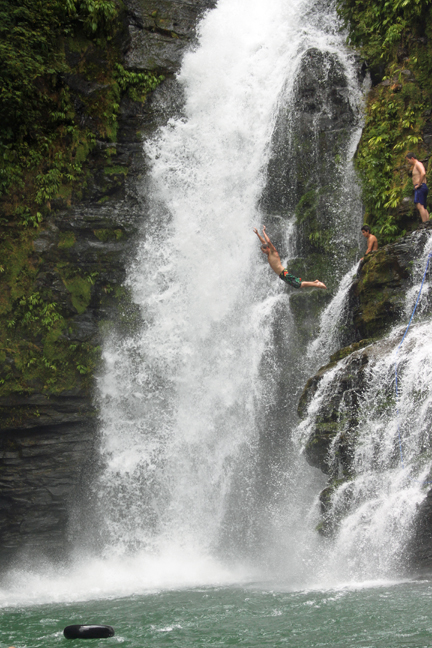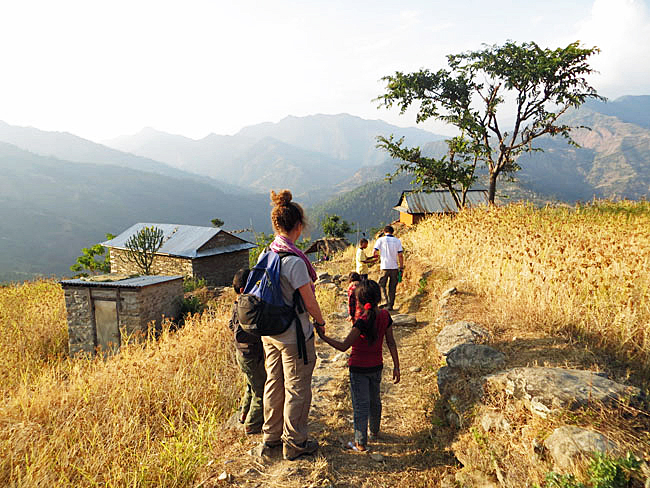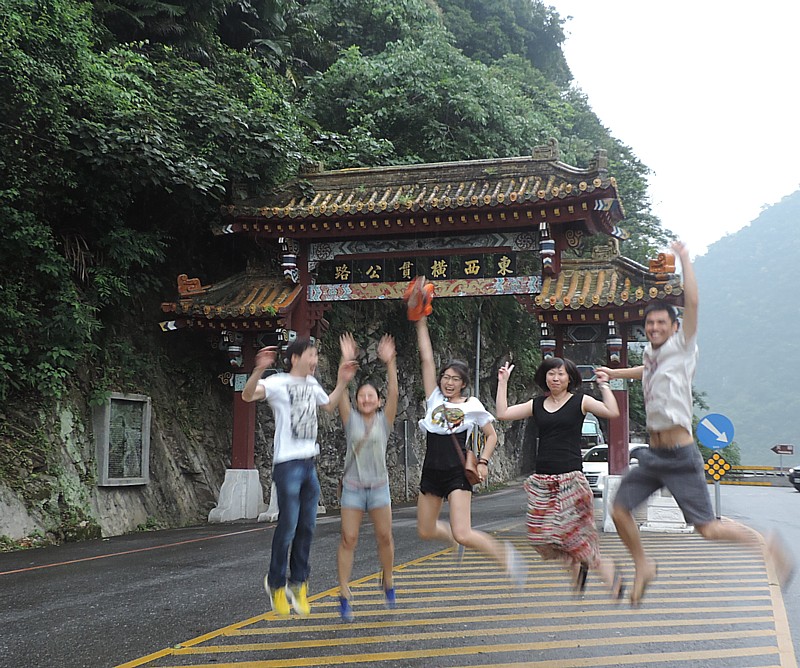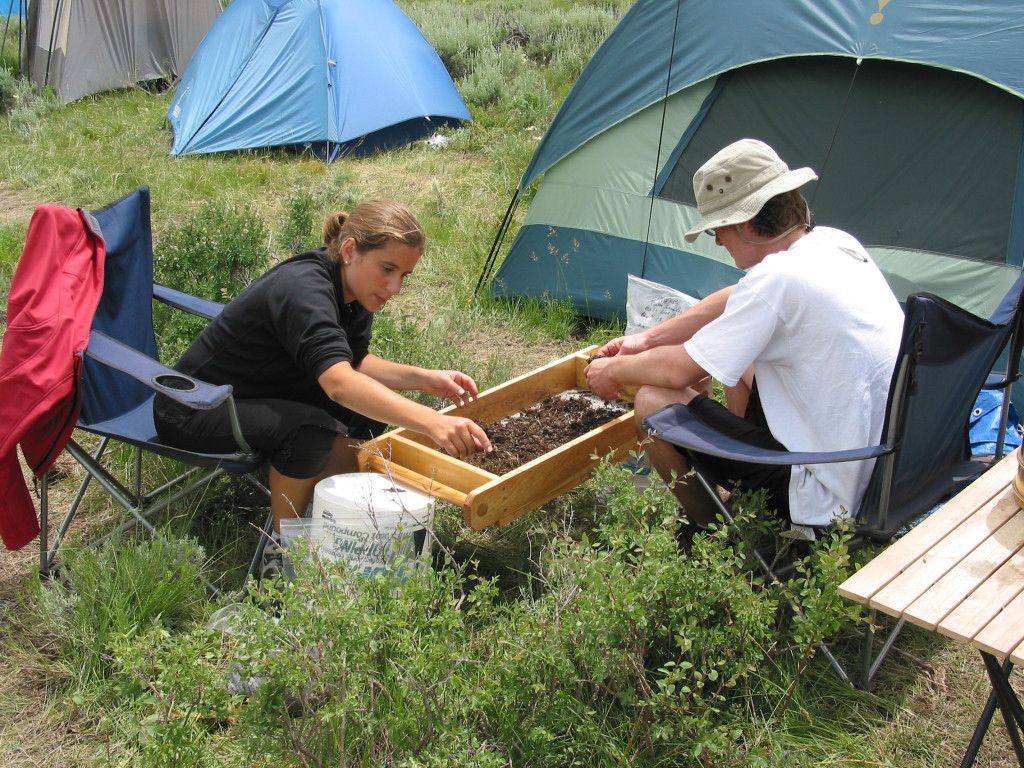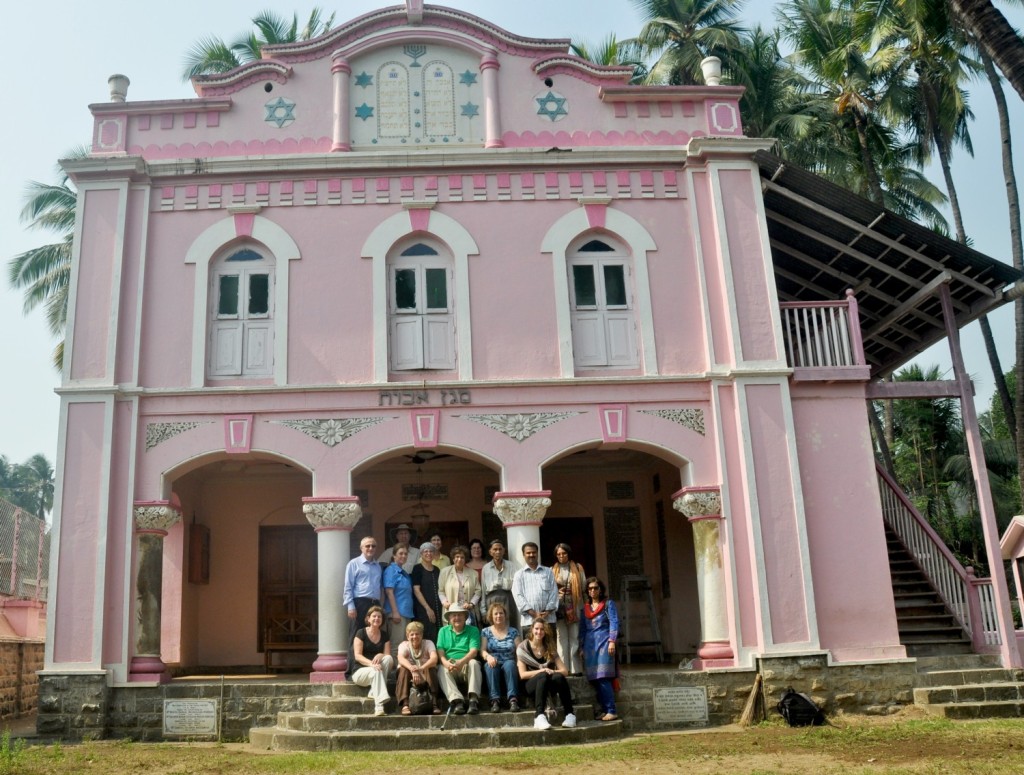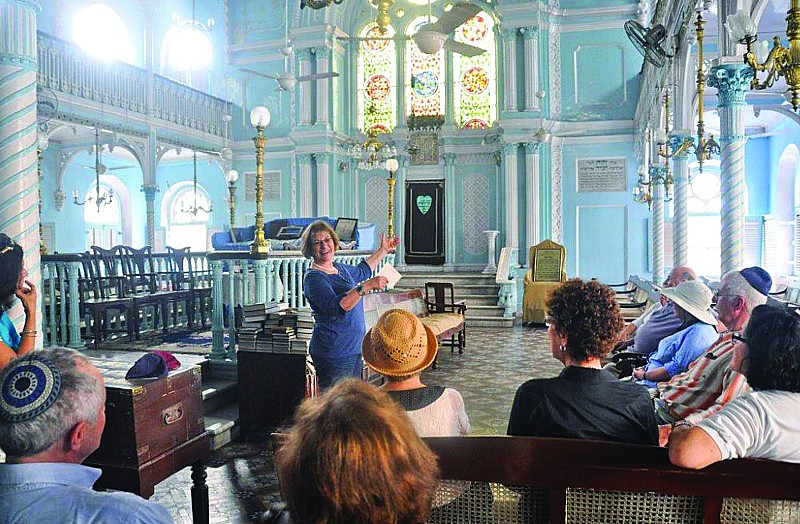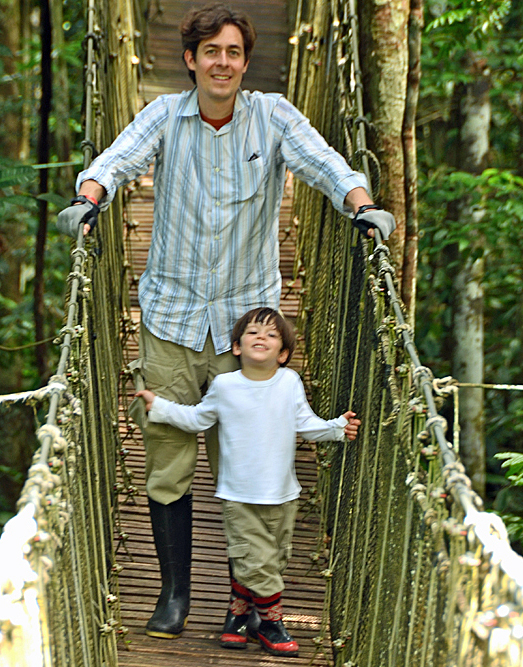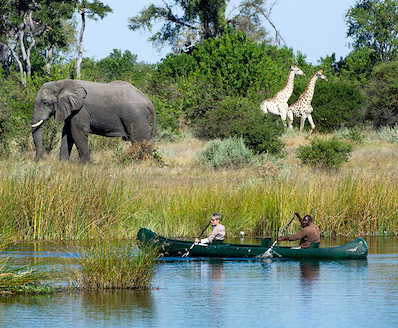
SAUSALITO, CA,–The experts at five-time National Geographic Traveler magazine “world’s best” award winner, Wild Planet Adventures (http://www.wildplanetadventures.com/) share their secrets for the five upcoming destinations for wildlife enthusiasts for 2015: Brazil, Borneo, India, Thailand and Zambia.
Over the last year, each of these countries has triumphed over a challenge, undergone a shift or revealed a special secret relevant to wildlife travel, according to Josh Cohen, founder of Wild Planet Adventures.
1) India’s Remote Assam Region: #1 Up & Coming Wildlife Destination for 2015 – In India’s northeast, the Assam region (between Bhutan, Bangladesh, Nepal, Tibet and China) is a melting pot of cultures and cuisines encompassing two UNESCO World Heritage Sites: the national parks of Manas and Kaziranga.
The secret, says wildlife expert Cohen: “Kaziranga’s huge concentrations of game rivals many parks in Africa. On safari here it’s typical to see over 40 Rhino, several herds of wild Elephant, up to 500 Ungulate and perhaps even a Tiger, all in your field of vision at once!” With Wild Planet’s sustainable protocols, guests track Tigers by listening to warning cries, looking for pug marks and tracking kills, “which creates a more authentic, exciting and participatory wildlife safari experience.” For trip details see: http://www.wildplanetadventures.com/destinations/?country=india
2) Brazil – The #1 Hot Travel Destination for 2015 – The World Cup and Olympic exposure have catapulted Brazil to the top of Wild Planet Adventure’s list of MOST popular destinations for 2015. The combination of safaris to spot Jaguar in the Pantanal (averaging nearly two sightings per day) with the wonders of the Amazon have created unprecedented demand. Many of fazienda (horse-ranch lodges) in the Pantanal report they are already nearly sold out for the 2015 season.
The secret? “Interested travelers MUST make their reservations now for the 2015 peak jaguar viewing season that starts in early July and continues through the end of October,” says Cohen. Wild Planet’s itinerary also includes a Primate Program designed by a primatologist to view rare primates in the Amazon, plus options for Iguassu Falls, Rio and more. For trip details see: http://www.wildplanetadventures.com/destinations/?country=brazil
3) Thailand’s Secret Wildlife Sanctuaries Bordering Myanmar Are Now Open to US Travelers – The secret is that Wild Planet Adventures is the only US operator bringing guests to Kaeng Krachan National Park and Klong Seang Wildlife Sanctuary, the two best national parks in Thailand for exotic wildlife encounters. Kaeng Krachan is the largest and least visited national park in Thailand, with the most volume of wildlife of any park in the region. Nestled up against the remote mountains at Myanmar’s border, safaris in Kaeng Krachan are done by 4WD Jeep and by foot, both day and night. The park is home to Tiger, Black Leopard, Wild Elephant, Asiatic Black Bear, Gibbon, Langur, Slow Loris, six species of Hornbill and more. Klong Seang is a wildlife sanctuary on the far northeast corner of a 185 sq. km. lake, where Cohen’s team brings guests by long-tail boat and kayak (for silent approach to the animals) from their base at a spectacular floating aqua-lodge. Klong Seang is known for its healthy populations of Guar and is home to the extremely rare Clouded Leopard as well as Wild Boar, Wild Elephant, Monitor Lizard, and other animals. Most travelers combine these parks with a few days of culture and an elephant camp in Chiang Mai and end their trip with snorkeling on Thailand’s best islands. For trip details see: http://www.wildplanetadventures.com/destinations/?country=thailand&trip=hidden-thailand-14-day-eco-tour
4) Borneo –2014 May Have Been the Year We Saved the Most Human of All Primates – The demand for palm oil (in roughly 60 percent of all goods on today’s supermarket shelves) has brought to near extinction Borneo’s population of Orangutan, the “holy grail” for wildlife travelers.
However, the secret is that, “In 2014 manufacturers responsible for producing nearly 60% of the world’s palm oil pledged to use responsible forest-friendly practices. This is a major breakthrough that will help preserve what’s left of the critically threatened habitat for endangered wild Orangutan populations.”
In Cohen’s experience, “There is not another animal alive more capable of creating the magical connection between traveler and wild animal than the Orangutan. It’s what wildlife lovers dream of. That’s not surprising, considering this great ape is one of humankind’s closest relatives, sharing 97% of our DNA. They are born with the ability to reason and think and considered to be one of the smartest mammals on Earth. Nevertheless, many travelers are completely unprepared for just how deeply touched they are by Orangutan displays of love, nurturing young, playfulness and courtship.”
The majority of visitors to Borneo only see Orangutan at rescue centers; however Wild Planet specializes in authentic expeditions to see these great apes in the wild, as well as Borneo’s other exotic wildlife including the Proboscis Monkey, Bornean Gibbon, Pygmy Elephant, Tarsier and Slow Loris. One of the world’s top five dive locations, the Sipadan reef in the Celebes Sea, is a must-see ending for any trip to Borneo. See: http://www.wildplanetadventures.com/destinations/?country=borneo&trip=weird-wonderful-wildlife-12-day-borneo
5) Zambia Is the Prime Destination for African Safaris Due to its Safety from Ebola – Demand for African safaris exploded in 2014 to an all-time high. However, the recent Ebola crises took wind out of the safari sails.
The secret: “While fewer people are traveling to Africa for safari because of the Ebola fear, Zambia is 100% clear of the crisis and located 5,300km from the nearest Ebola outbreak; flights to Zambia do not stop in Ebola affected zones and Zambia was one of the first countries to ban travelers from affected areas in order to protect its safari economy,” says Cohen. “Zambia couldn’t be more safe.”
Zambia’s remoteness and multitude of eco-systems also offer significant advantages over more commercial safaris in Kenya, South Africa, Tanzania or other Africa countries. It’s the birthplace of the walking safari and home to Africa’s best canoe safari (on the Zambezi River at the UNESCO World Heritage Site of Mana Pools). Wild Planet offers a multitude of award-winning Zambia safari options including walking, canoeing and jeep safaris with legendary master guides. See: http://www.wildplanetadventures.com/destinations/?country=zambia
For detail tour itineraries, availability and booking information, call 800-990-4376, visit www.wildplanetadventures.com or contact [email protected].
For more travel features, visit:
www.examiner.com/eclectic-travel-in-national/karen-rubin
www.examiner.com/international-travel-in-national/karen-rubin
travelwritersmagazine.com/TravelFeaturesSyndicate
goingplacesnearandfar.wordpress.com
‘Like’ us on facebook.com/NewsPhotoFeatures
Twitter: @TravelFeatures
New: Moral Compass: Great Places to Go Where the Going Does Good
moralcompasstravel.info
Check out our newest travel site for special deals, insiders’ tips at tidbitts.com: www.tidbitts.com/karen-rubin/where-in-the-world
